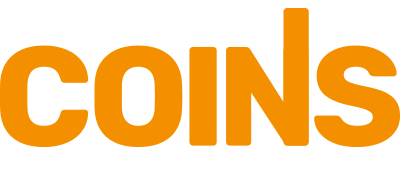What is the Spot Price of Gold?
The price is driven by speculation in the markets, currency values, current events, and many other factors. Gold spot price is used as the basis for most bullion dealers to determine the exact price to trade a specific coin or bar. These prices are calculated in troy ounces and change every couple of seconds during market hours.
Gold as a return on Investment
Gold is a precious metal available for investment in the form of bar, coin, and round form, with a vast number of sizes available for each. Gold bullion is produced by many private and government mint in the USA, Canada, United Kingdom & Switzerland. Collectors and investors who trade gold have the best return on their investments because the spot price of gold has never gone to zero. You can sell your gold coins and bullion for cash online at fair market value to Cash For Any Coins.
Gold bars can range anywhere in size from one gram up to 400 ounces, while most coins are found in one ounce and fractional sizes. Physical gold is regarded by some as a good way to protect themselves against the ongoing devaluation of fiat currencies and from volatile stock markets. Need to sell coins from your IRA? Whether its home storage or precious metals held with a custodian, Cash For Any Coins has relationships with all the major custodians and can act fast if its time to liquidate or take an RMD Required minimum disbursement.
Contact us today
If you have any questions regarding gold spot prices, simply get in touch with us today and we’ll be on hand to explain and answer your query!
Do you have gold coins that you are wanting to sell? At Cash For Any Coins, we’ll offer you above spot prices and offer a simple, hassle free selling process







